The Great Attractor, Dark Flow, and the Large Scale Structures of the Universe
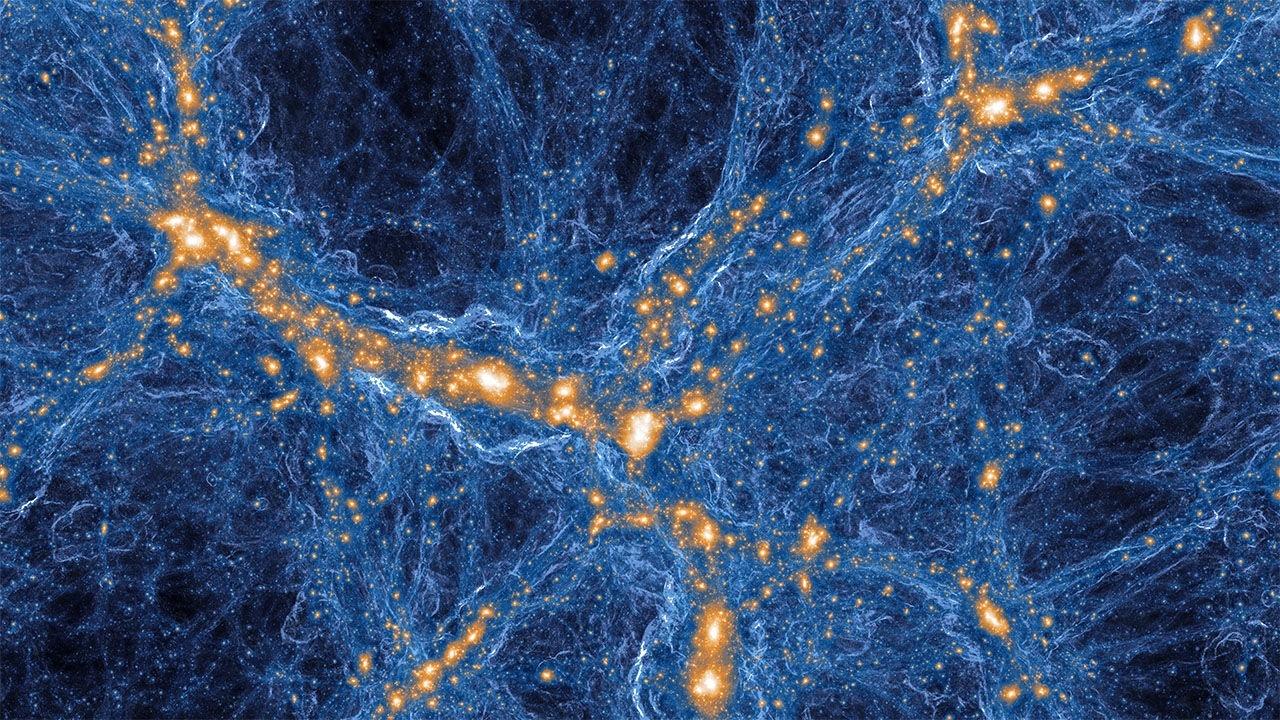
Did you know that there are structures in the universe bigger than galaxies AND they are all moving towards some unknown source? This week on Space But Messier!
Today we are talking about the large scale structure of the universe. These include things like Clusters, Superclusters, Voids, Filaments, Walls and something called the Great Attractor, all contributing to this idea of dark flow.
First, we’ll give a bit of an overview of what we teased at the beginning, then we’ll walk you through the details.
If we start at scale, we have:
Planet Earth
Larger Planets like Saturn and Uranus, Minecraft World
Jupiter and small stars
Stars
Nebulae
Star Clusters
Galaxy Milky Way: 120,000 ly
Local Group: The cluster of Galaxies we live in; 10 million ly across
Virgo Cluster: 30mil light years across, Largest cluster of galaxies in the Virgo SuperCluster:
Virgo SuperCluster: 110 mil ly across. Contains over 100 galaxy clusters
We thought we belonged to the Virgo Super Cluster, but more recent observa...
Flat Earth Theory
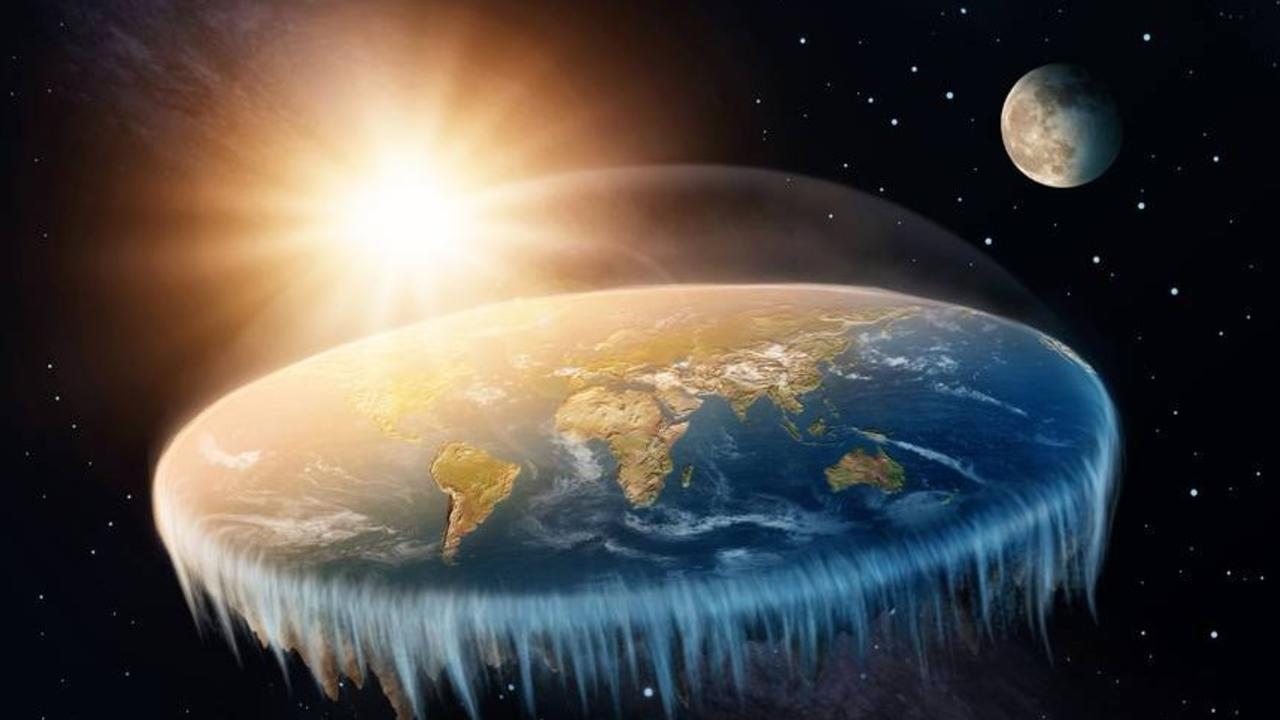
Most citizens on Earth have been taught from a young age that the Earth is a round planet orbiting our Sun because 2,000 years of scientific research tells us so. What if I told you the Earth wasn’t round, but that it was a flat disc. I’d be speculating of course, along with a small group of people known as Flat Earthers. Here are the core tenants of their theory as quoted by the Flat Earth Society:
Flat Earth
“The earth is in the form of a disk with the North Pole in the center and Antarctica as a wall around the edge. In this model, circumnavigation is performed by moving in a great circle around the North Pole.”
Antarctica
“The earth is surrounded on all sides by an ice wall that holds the oceans back. This ice wall is what explorers have named Antarctica- a 150-foot-tall wall of ice, around the rim. NASA employees, they say, guard this ice wall to prevent people from climbing over and falling off the disc. Beyond the ice wall is a topic of great interest to the Flat Earth...
NASA: A History

While NASA is the United States of America’s Space Agency, it’s formation was truly an international affair. NASA stands for the National Aeronautics and Space Administration, they are responsible for many of the missions into deep space and the first manned mission to the Moon.
Theodore von Karman
To start from the beginning though, we actually need to start in Budapest in the 1880s at the home of Theodore Von Karmen. Being a prodigy in mathematics, von Karmen was guided into engineering by his father and eventually directed an aeronautical institute in Germany. However in 1930, when Hitler came to power, von Karem being Jewish, moved to the California Institute of Technology in Pasadena to lead an aeronautical laboratory. In 1936, Theordore Von Karmen was visited by two men, John Parsons and Edward Foreman, inquiring his help in building rockets. Joined by students Frank Malina, Apollo Milton Olin Smith and Tsien Hsue-shen, the Suicide Squad as they were known, sparked an uninte...
Planet Spotlight: Mercury

Mercury has appeared many times over the ages in works by Isaac Asimov, C. S. Lewis, Ray Bradbury, Arthur C. Clarke and H. P. Lovecraft. Also, in the animated television show Invader Zim, Mercury is turned into a prototype giant spaceship by the extinct Martians.
Fun Facts:
- Smallest planet in our solar system, just a little bigger than Earth’s moon, but far heavier because it is made of heavier elements like Iron.
- Closest planet to the sun, but it’s actually not the hottest. Venus is hotter.
- Along with Venus, Earth, and Mars, Mercury is one of the rocky planets with a solid surface covered with craters.
- It has a thin atmosphere, and it doesn’t have any moons or rings
- Mercury takes 59 Earth days to make one full rotation, but because it’s the closest planet to the sun, it doesn’t take very long to go all the way around. One year on Mercury is just 88 Earth days. If you lived on Mercury, you’d have a birthday every three months!
- A day on Mercury is not like a day her...
(Our) Life on Mars!
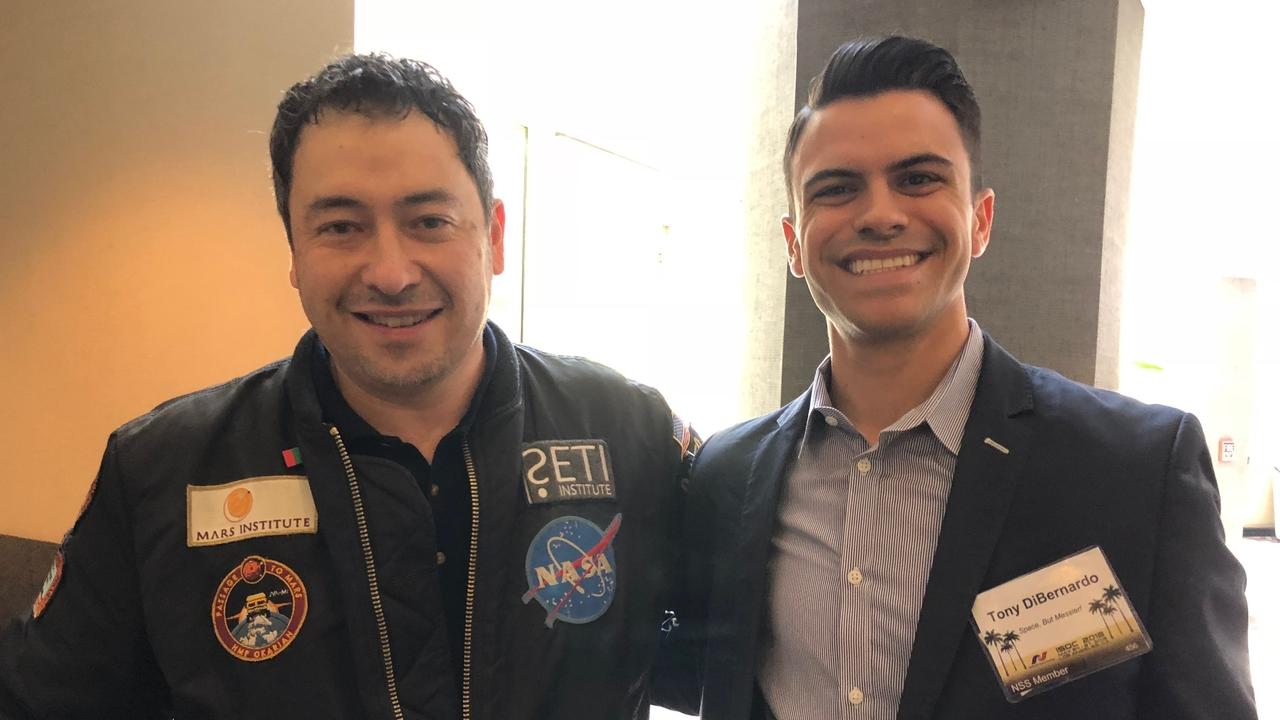
News!
NASA’s Curiosity rover has found new evidence preserved in rocks on Mars that suggests the planet could have supported ancient life. You’ve probably heard, but what does this really mean? So in order to have life, you need certain organic molecules or building blocks. Organic molecules contain carbon and hydrogen, and also may include oxygen, nitrogen and other elements. They were found in three-billion-year-old sedimentary rocks near the surface. This is such a big deal because, as put by NASA’s Jen Eigenbrode,
" The Martian surface is exposed to radiation from space. Both radiation and harsh chemicals break down organic matter.Finding ancient organic molecules in the top five centimeters of rock that was deposited when Mars may have been habitable, bodes well for us to learn the story of organic molecules on Mars with future missions that will drill deeper.”
Topic: (Our) Life on Mars!
This will be the last episode to cover my experience at the International Space Deve...
Jeff Bezos Interview and Astronaut Training with Space Nation
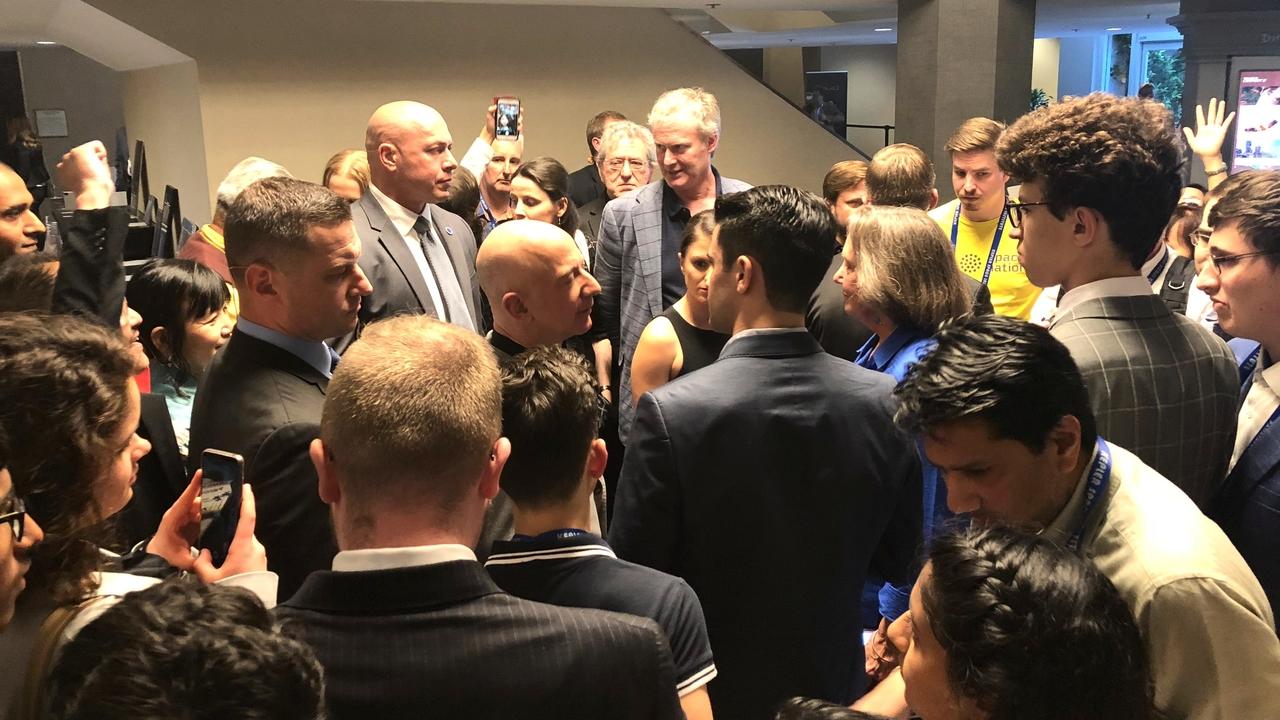
Still at the International Space Development Conference, and I was perusing the different booths yesterday, I saw a man in a bright yellow t-shirt, with a familiar logo. If you haven’t listened in awhile, here’s the basic rundown. A company called Space Nation released an app that allows you to train to be an astronaut, where 100 of the top performers will be chosen to enter a physical Astronaut training boot camp, where 1 will be sent to space. This man however, was none other than Space Nation’s Captain and Co-Founder Kalle Vaha Jaakola. (because CEO is boring he says) After meeting him, he was nice enough to sit down and chat with me and answer all of my questions. This episode is almost all him, so feel free to check it out!
Among the many faces there, Jeff Bezos also gave me his 2 cents. Last Night, Jeff Bezos was here at ISDC, accepting the Gerard K. O’Neill Memorial Award for furthering space settlement. Jeff Bezos is the founder and CEO of Amazon and Blue Origin. Starte...
Women of Science

The Fathers of Science Fiction are Isaac Asimov, Robert Heinlein, and Arthur C. Clark, but who is the mother?
Women in Science Fiction
Our vote is Mary Shelley, Author of Frankenstein (The Modern Prometheus). At age 18, in the summer of 1816, she visited Lake Geneva with her husband Percy Shelley, their friend Lord Byron, and John Polidori. Often sitting around inside due to the weather, the company took to telling German ghost stories, thus prompting Lord Byron that they all write a story of their own. Mary Shelley wrote in her introduction to the 1831 edition of Frankenstein: “I busied myself to think of a story – a story to rival those which had excited me to this task. One which would speak to the mysterious fears of our nature, and awaken thrilling horror – one to make the reader dread to look around, to curdle the blood, and quicken the beating of the heart.” Mary was the only one to finish her story during the trip and come to publish it in 1818, paving the way for all sci...
The Hunt For Habitable Worlds
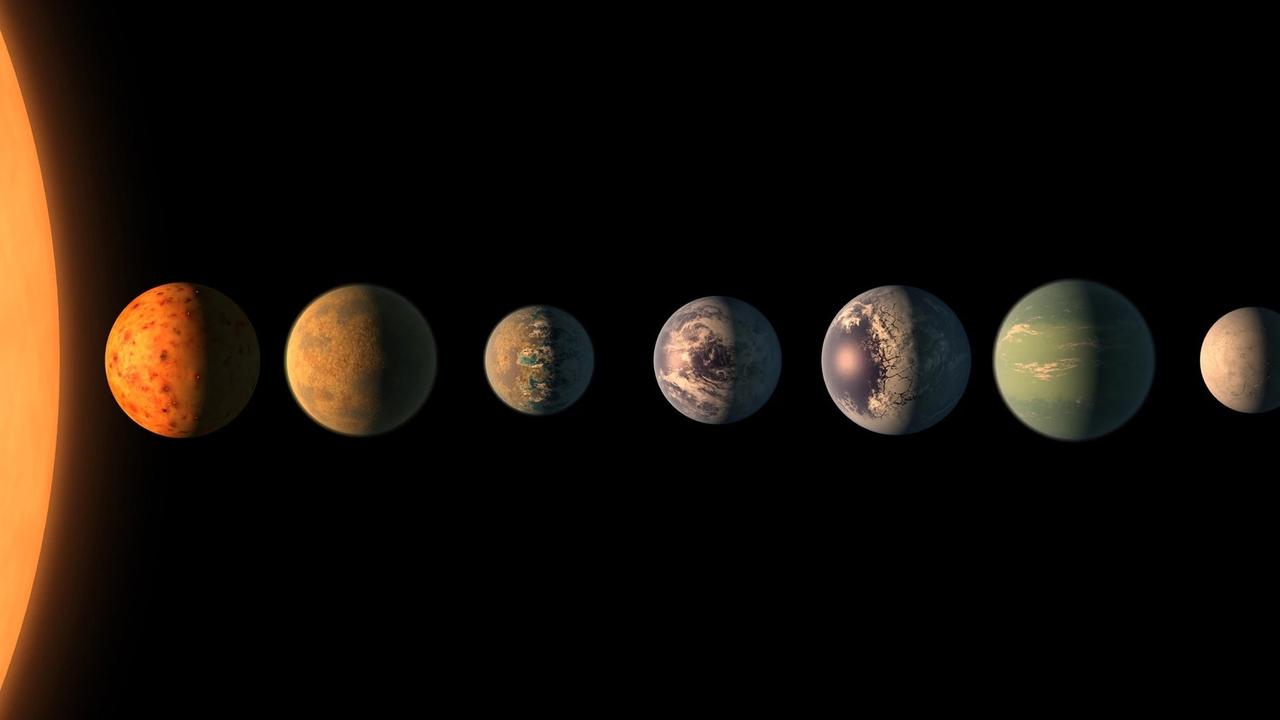
When we say a planet or environment is habitable, what do we mean? If we’re talking about planets, it usually means that water can exist on the planet’s surface. However, humans live in space and on the south pole and liquid water doesn’t exist there naturally. So, what does that mean for habitability? This means that the planets or moons that we are about to talk about may still be candidates, even though they sound absolutely dreadful.
Habitable Zone
- The star will survive long enough for its planets to develop life.
- NASA.gov >> “The habitable zone is the distance from a star where one can have liquid water on the surface of a planet. If a planet is too close to its parent star, it will be too hot and water would have evaporated. If a planet is too far from a star it is too cold and water is frozen. Stars come in a wide variety of sizes, masses and temperatures. Stars that are smaller, cooler and lower mass than the Sun have their habitable zone much closer to the star than...
Colossus and the Rocks of our Solar System
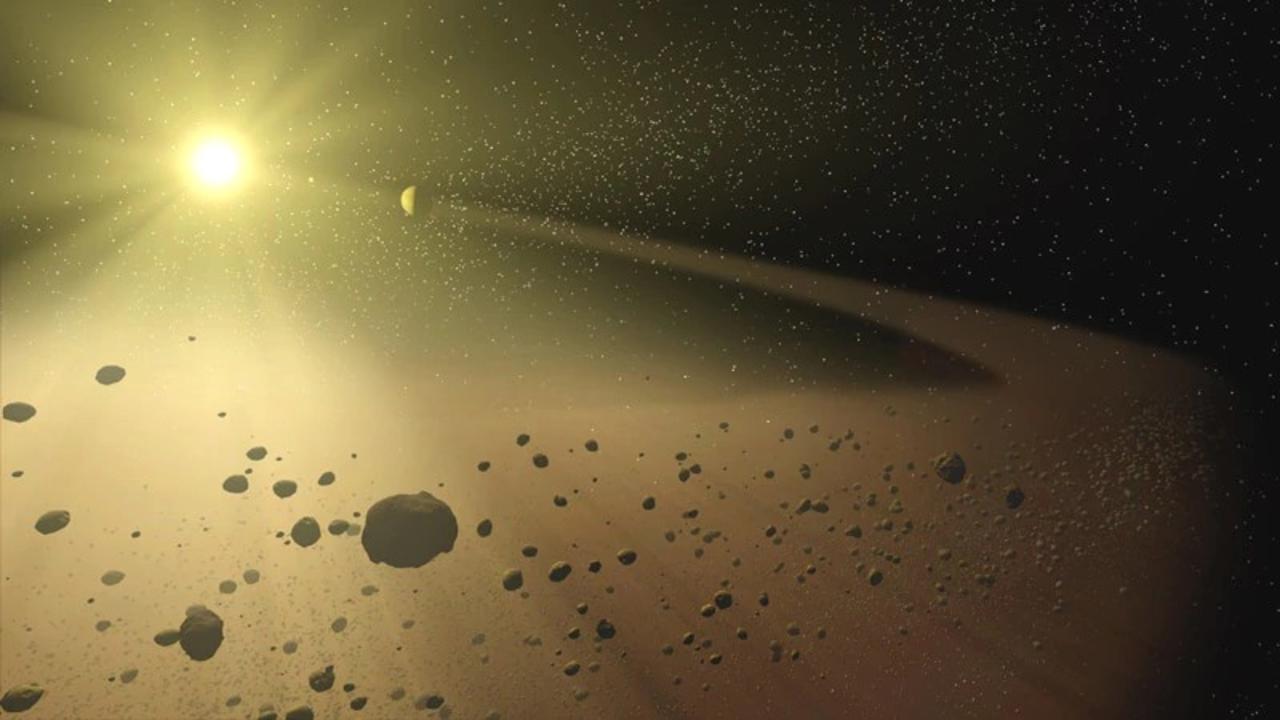
Is it only 8 planets, what else makes up our solar system?
What Are The Differences Between An Asteroid, Comet, Meteoroid, Meteor and Meteorite?
Asteroid: A relatively small, inactive, rocky body orbiting the Sun.
Comet: A relatively small, possibly active, object whose ice can vaporize in sunlight, comas [co-muh], or tails of gas and dust.
Meteoroid: A small bit of a comet or asteroid that orbits the Sun
Meteor: The light we see when a meteoroid enters the Earth's atmosphere and vaporizes. This is known as a shooting star or a meteor shower.
Meteorite: A meteoroid that makes it through Earth’s atmosphere and lands.
Meteoroid = Droid = Space
Meteorite = Right here = Earth
From Nasa.gov
- "Each day, Earth is nailed with more than 100 tons of dust and particles from space."
- "About once a year, an automobile-sized asteroid hits Earth's atmosphere, creates an impressive fireball, and burns up before reaching the surface."
- "Every 2,000 years or so, a meteoroid the ...
Nemesis and the Companion Star Theory

Imagine living in a world with 2 suns, maybe even 3! 80% of the single points of light in space is not just one star, but potentially multiple. Out of this 80%, most of these multiple star systems are binary stars systems, or solar systems containing 2 suns or stars. Initially, they are classified as double stars, Optical and Binary. Optical double stars appear close together, but are really far apart in terms of depth while Binary Stars are actually orbiting each other, or rather, their center of gravity. For instance, there are binary stars that make up the kink in the handle of the big dipper, Mizar and Alcor. These actually were used for eyesight tests in ancient times.
Binary types
Visual Binary
These can be seen as two separate stars using a telescope. These pairs are usually relatively close to us so that the individual stars can be pointed out (i.e. Alpha Centauri A & B)
Spectroscopic Binaries
These orbit so close, that we can’t view them as separate with our eyes. H...